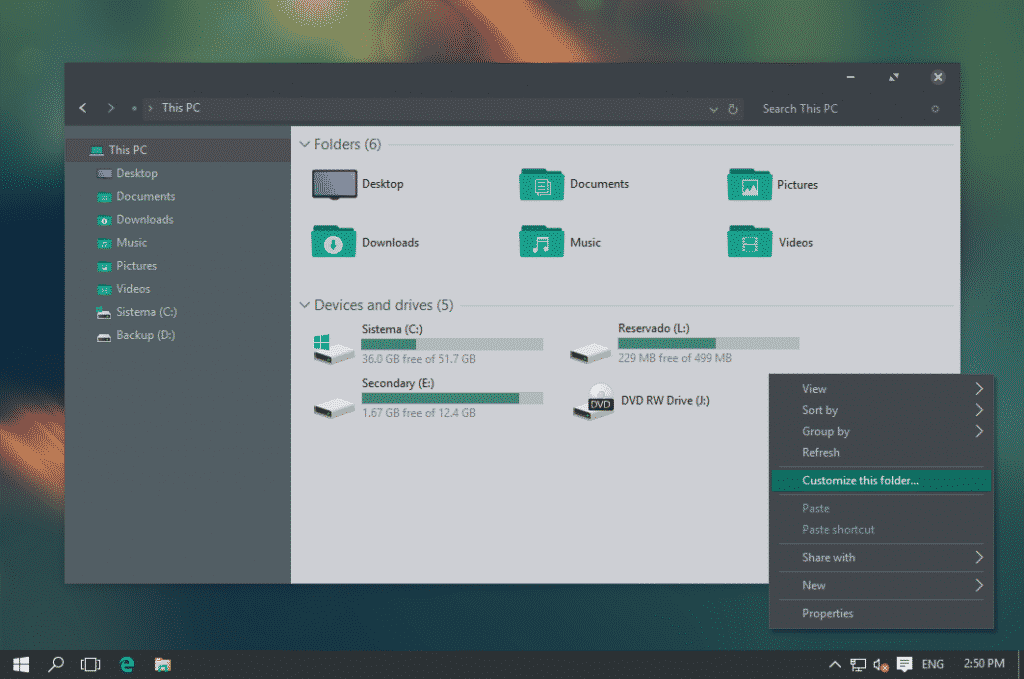
Logon Screen Windows 7 Anime Backround
It shows the default background image of Windows logon screen. You can click on browse and select any background wallpaper you like. Click on the “browse” button and select any image you like. Once selected, click on “Apply” to apply it on the Logon Screen. Apr 5, 2016 - The Windows 10 lock screen is more than a stylish display to cover the login screen. It can feature beautiful backgrounds, application statuses,.
Editor's note: This blog post was originally published in February 2010, but it continues to be one of our most popular posts, so I thought you might want to revisit it. While experimenting with several 7 systems recently, I spent a lot of time staring at the Logon screen.
During that time, I began to think about changing the Logon screen wallpaper. Now, I have changed the Logon screen wallpaper in just about every version of Windows I've used, so I knew that there had to be a way to do so.
Pizza frenzy free download. For example, in the April 1, 2009, blog article, ',' I showed you how to perform this operation using a program called LogonStudio from the folks at Stardock. However, when I began to investigate the procedure in Windows 7, I discovered that changing the Logon screen wallpaper in the newest version of the Windows operating system is easy, once you know the steps — and you don't even need any third-party software to do it. In order to make it easy for OEMs to customize Windows 7, Microsoft built the ability to change the Logon screen wallpaper right in to the operating system.
In this edition of the and Report, I'll show you how to change Windows 7's Logon screen wallpaper. This blog post is also available in PDF format in a free. Igru civilizaciya 3 putj atlantic 2 s torrenta. For an alternative way to customize the logon screen wallpaper, check out. A Registry tweak The process begins with a very minor Registry tweak. Even for those who would not normally feel comfortable editing the Registry, this one's a piece of cake.
To begin, click the Start button and type Regedit in the Search box. Then, select the appropriate result and press [Enter]. When you do, you'll see the User Account Control, shown in Figure A, and will need to click the Yes button. Note: Editing the Windows Registry file is not without its risks, so be sure you have a verified backup before making any changes. Figure A You will encounter a UAC when you launch the Registry Editor. Once the Registry Editor launches, locate and right-click on HKEY_LOCAL_MACHINE key and select the Find command. When you see the Find dialog box, type OEMBackground in the text box and make sure that only the Values check box is selected, as shown in Figure B.
Figure B Type OEMBackground in the Find dialog box. When the HKEY_LOCAL_MACHINE SOFTWARE Microsoft Windows CurrentVersion Authentication LogonUI Background key opens, locate and double-click the OEMBackground value. When you see the Edit DWORD dialog box, change the value data from 0 to 1, as shown in Figure C.
(If the OEMBackground value doesn't exist in the Background key, you'll need to pull down the Edit menu from that key and select New DWORD (32-bit) Value). Figure C Change the value data from 0 to 1. To complete this part of the operation, click OK to close the Edit DWORD dialog box and then close the Registry Editor. Creating folders In the second part of the operation, you'll need to create a couple of folders. To begin, launch Windows Explorer. Then navigate to the C: Windows System32 Oobe folder. Once you access the Oobe folder, click the New Folder button in the Windows Explorer toolbar.
You'll see a confirmation dialog box, like the one shown in Figure D. When you click Continue, the new folder will be created and you can name it info. Figure D When you click the New Folder button, you'll encounter a confirmation dialog box.